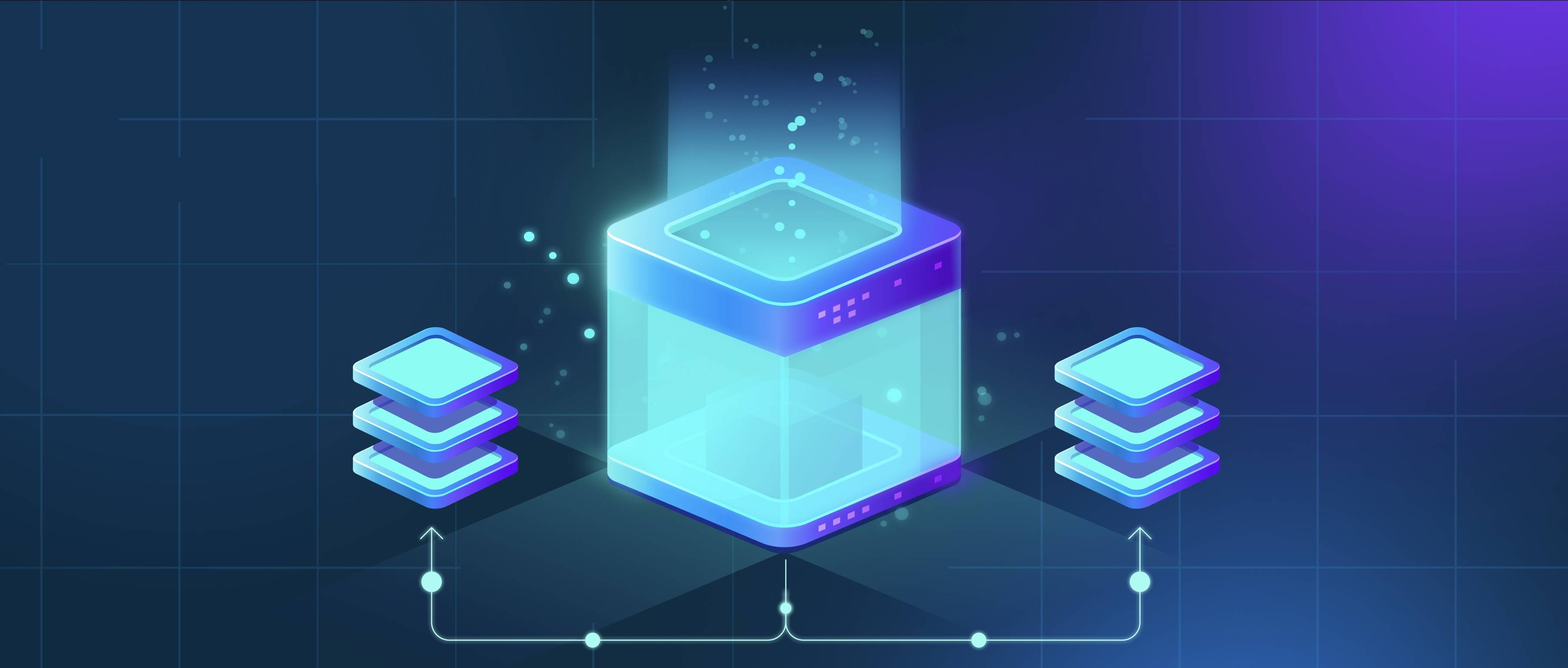DeepSeek’s R1 model comes with a comprehensive suite of documentation designed to help developers effectively implement and utilize the model. The primary resources include an official guide that covers the model’s architecture, functionality, and use cases. This guide provides detailed instructions on how to set up the environment, install necessary dependencies, and run sample code. Developers can easily find code snippets that demonstrate how to integrate the R1 model into different applications.
In addition to the setup guide, there is API documentation that outlines the available functions, parameters, and expected outputs. This section is particularly useful for developers looking to customize the model’s behavior for specific tasks. The API documentation often includes examples of how to call the model’s endpoints, handle inputs and outputs, as well as manage errors. Such detailed information streamlines the integration process and helps developers troubleshoot issues as they arise.
Furthermore, DeepSeek typically maintains a FAQ section and community forums where users can ask questions and share experiences. This collaborative environment allows developers to learn from one another and find solutions to common challenges. Tutorials and case studies may also be available, showcasing practical applications of the R1 model in real-world scenarios, thus providing a more hands-on approach to understanding its capabilities. Overall, the combination of these resources ensures that developers have the necessary tools and information to make the most of DeepSeek’s R1 model.
